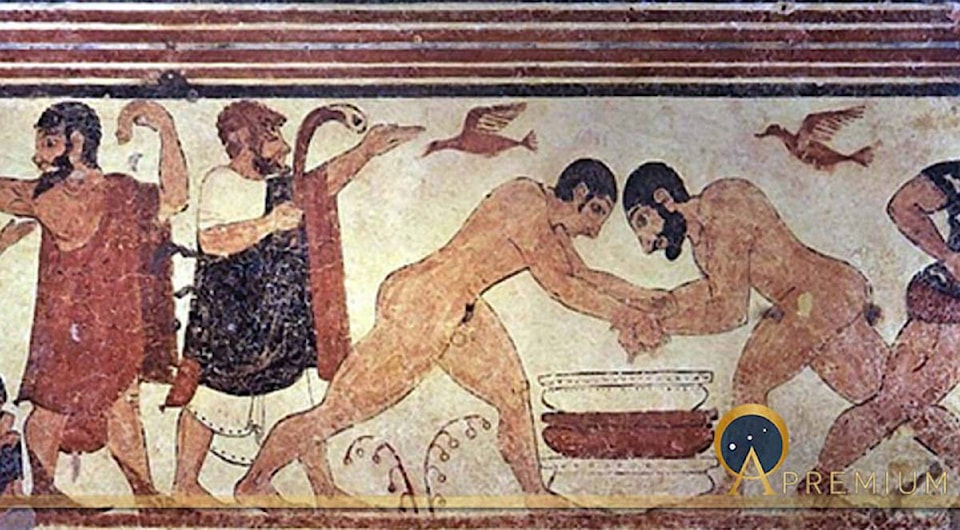This is the most wonderful time of year, if you ask me. The season between the seasons, as spring evolves into summer.
You can tell this mini-season has arrived by the blooming of the lilacs and apple blossoms. It’s also marked by heightened bird activity, as our avian friends have settled into their nesting lives, and are going about their routines. Birdsong fills the air. Watching the behaviour of birds in one’s backyard these days is better than watching TV.
A flock of starlings landed on my own lawn the other day. Not a big one, maybe just 20 or so. They pecked around in the grass, then took off all at once, the flock of them corkscrewing into the air, then, in a small murmuration, feinted left for a second, then wheeled right and headed off into the sky.
A murmuration — isn’t that beautiful word? It’s the flocking behavior of birds, when they take flight, and create complex, swirling patterns in the skies above observers.
The greatest murmurations are performed by starlings, who travel in massive flocks, and create stunning elaborate patterns in the air, twisting this way and that, each bird performing the exact same maneuver at the exact same instant. Remarkable! How do they do this? What system of communication are they following?
Those who consider these things now think murmuration has more to do with physics than biology.
The flock of starlings is “a system on edge,” like liquids turning to gas, ready to be transformed in an instant. There is more to a murmuration than just one starling twisting and turning synchronously because the bird flying next to it is. A flock of thousands of starlings is somehow connected in a network, and their flying in exact unison in a complicated flight pattern is a mystery that has yet to be understood by humans.
Fine with me. Sometimes I would rather the mysteries remain mysteries.
But our minds can’t help looking for meaning, even in the mysteries. And when we’re looking for meaning in the behaviour of birds, that’s where augury comes in!
Augury — isn’t that a beautiful word?Augury is the art, or the science, of interpreting omens from the observed behaviour of birds (or the examination of the entrails of an animal that’s been sacrificed to some god, to predict the future from the state of the innards). One who does this is called an Augur, and the interpretation of these signs is called “taking the auspices.”
Now, I’ve read a lot of Classical literature, so one day, many years ago, when I was driving down a logging road in Northern Ontario, and an osprey flew across the road carrying a snake, I was astounded, and had to pull over and think about that omen. Because a raptor (generally an eagle in Greco-Roman traditions) carrying a snake, is a bona fide omen, and such an omen is actually found in Homer’s Iliad, and had an influence in the Trojan War. (The heaviest omen of all is when you observe an eagle flying overhead carrying a wolf cub in its talons, but it drops the wolf cub, and you manage to catch it. That means you will be emperor of Rome, even if that seems impossible.)
I do not know what the osprey carrying the snake that day meant for my personal destiny — there was no one around to take the auspices. Likewise, one day last year, coming out of Starbucks on the Strip, when a great flock of starlings in the trees along Ridgeview Road burst into the air and the hundreds of birds began weaving a complex pattern in the sky. “I don’t know what that portends,” I said to myself, “but it’s got to portend something. Where’s an augur when you need one!”
And I got thinking I needed an augur just last weekend, when a hummingbird flew past my head, with a whirring buzz. I was struck that this hummingbird was bringing a message for me, only it was in a language I couldn’t understand.
If anyone knows of a good augur in the Cranbrook-Kimberley area, please send me his or her contact info, care of the Townsman. I have a lot of questions.
Sources: Wikipedia; wonderopolis.org; “I Claudius,” by Robert Graves; “The Children’s Homer,” by Padraic Colum
